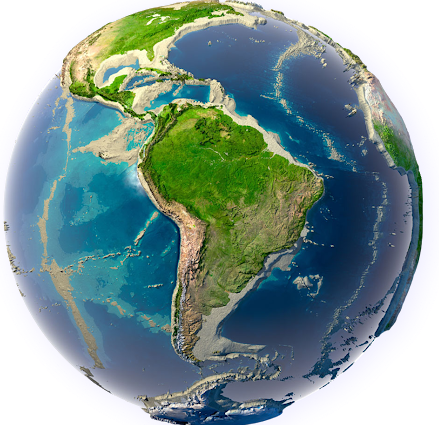Trinidad and Tobago, located in the southern Caribbean, is renowned for its vibrant culture, stunning landscapes, and diverse attractions. This twin-island nation offers a unique blend of natural beauty and cultural richness, making it a captivating destination for travelers. In this blog, we explore Trinidad and Tobago’s geography, history, top destinations, culture, festivals, economy, cuisine, and intriguing facts.
Table of Contents
Geography
Trinidad and Tobago is situated off the northeastern coast of Venezuela, with Trinidad being the larger and more populous island and Tobago being smaller but equally enchanting. The combined area of the islands is approximately 5,128 square kilometers, with Trinidad covering about 4,768 square kilometers and Tobago about 300 square kilometers.
Trinidad is characterized by its diverse landscapes, including lush rainforests, scenic mountain ranges, and vibrant urban areas. The island’s most prominent feature is the Northern Range, a mountainous area that stretches along the northern coast and is home to the highest peak, El Cerro del Aripo, at 940 meters.
Tobago, on the other hand, is known for its picturesque beaches, coral reefs, and serene environment. The island features the Main Ridge Forest Reserve, one of the oldest protected rainforests in the Western Hemisphere, and offers excellent opportunities for birdwatching and hiking.
States of Trinidad and Tobago
Trinidad and Tobago is divided into 14 administrative regions, not states.
| No. | Region Name |
|---|---|
| 1 | Port of Spain |
| 2 | San Fernando |
| 3 | Arima |
| 4 | Chaguanas |
| 5 | Diego Martin |
| 6 | Penal-Debe |
| 7 | Point Fortin |
| 8 | Siparia |
| 9 | Tobago |
| 10 | St. George |
| 11 | St. Patrick |
| 12 | Victoria |
| 13 | Caroni |
| 14 | St. Andrew |
History
Trinidad and Tobago has a rich and diverse history influenced by indigenous peoples, colonial powers, and a blend of cultures. The islands were originally inhabited by the Arawak and Carib peoples. The Spanish were the first Europeans to arrive, with Christopher Columbus landing on Trinidad in 1498. However, it was the Dutch, French, and eventually the British who established lasting colonial settlements.
In the 18th century, the British began developing Trinidad as a sugar plantation colony, bringing enslaved Africans and indentured laborers from India to work on the plantations. Tobago, on the other hand, experienced a series of changes in colonial rule, being controlled by the Dutch, French, and British at different times.
Trinidad and Tobago gained independence from Britain in 1962, with Eric Williams becoming the nation’s first Prime Minister. The country has since developed its own identity, becoming known for its vibrant culture, diverse population, and contributions to music and arts.
Top Ten Must-Visit Destinations
1. Port of Spain

Port of Spain, the capital city of Trinidad and Tobago, is a bustling metropolis with a rich cultural scene. The Royal Botanical Gardens offers a serene escape with its expansive green spaces and diverse plant species. The Queen’s Park Savannah, a large park in the heart of the city, hosts various cultural and sporting events and is surrounded by historic colonial buildings.
The city is also known for the National Museum and Art Gallery, which provides insights into Trinidad and Tobago’s history, art, and culture. Maracas Beach, located just outside the city, is a popular spot for relaxation and enjoying local delicacies such as bake and shark.
2. Scarborough
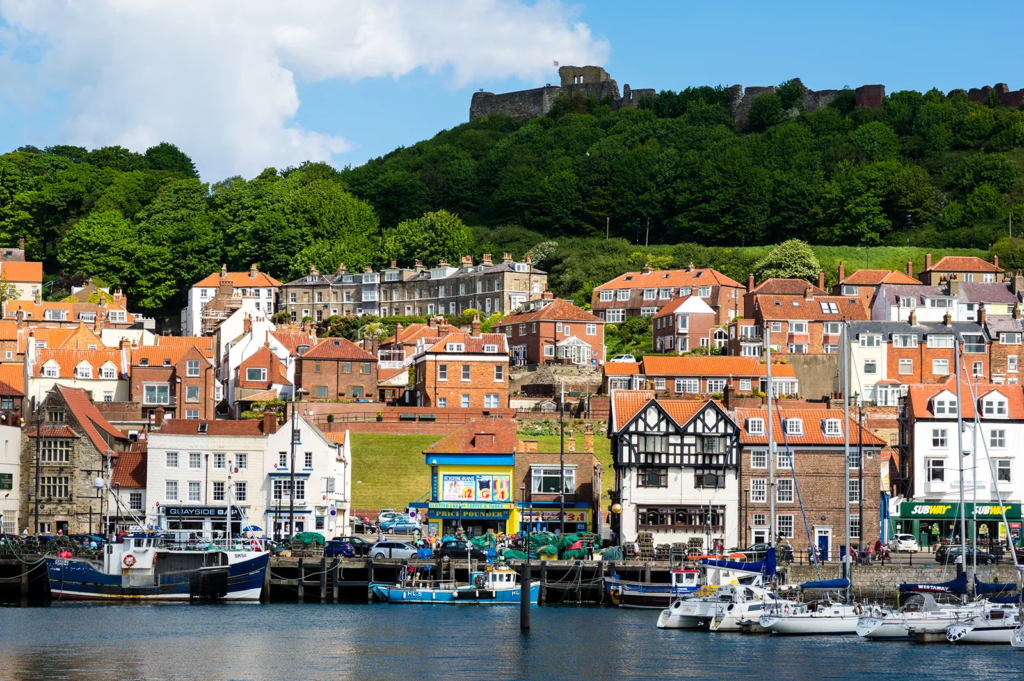
Scarborough, the largest town on Tobago, is known for its charming atmosphere and scenic harbor. The Fort King George, a historic fortification overlooking the town, offers panoramic views of the Caribbean Sea and the surrounding area. The fort houses a museum with exhibits on Tobago’s colonial history.
Pigeon Point Beach, located a short drive from Scarborough, is renowned for its white sandy beaches and crystal-clear waters. It’s an ideal spot for swimming, sunbathing, and enjoying various water sports.
3. Tobago Main Ridge Forest Reserve

The Tobago Main Ridge Forest Reserve is one of the oldest protected rainforests in the Western Hemisphere. The reserve is a haven for nature enthusiasts, offering trails through lush rainforest and opportunities to spot exotic wildlife, including various bird species such as the endemic Scarlet Ibis.
Hiking trails in the reserve lead to beautiful viewpoints and waterfalls, making it a must-visit destination for those seeking adventure and natural beauty.
4. Maracas Bay

Maracas Bay, located on the north coast of Trinidad, is famous for its stunning beach and lively atmosphere. The bay features a crescent-shaped stretch of white sand and clear turquoise waters, perfect for swimming and relaxing. The beach is also known for its local food stalls offering delicious treats such as bake and shark.
Maracas Bay is surrounded by lush hills and provides breathtaking views of the Caribbean Sea, making it a popular spot for both locals and tourists.
5. Tobago’s Nylon Pool
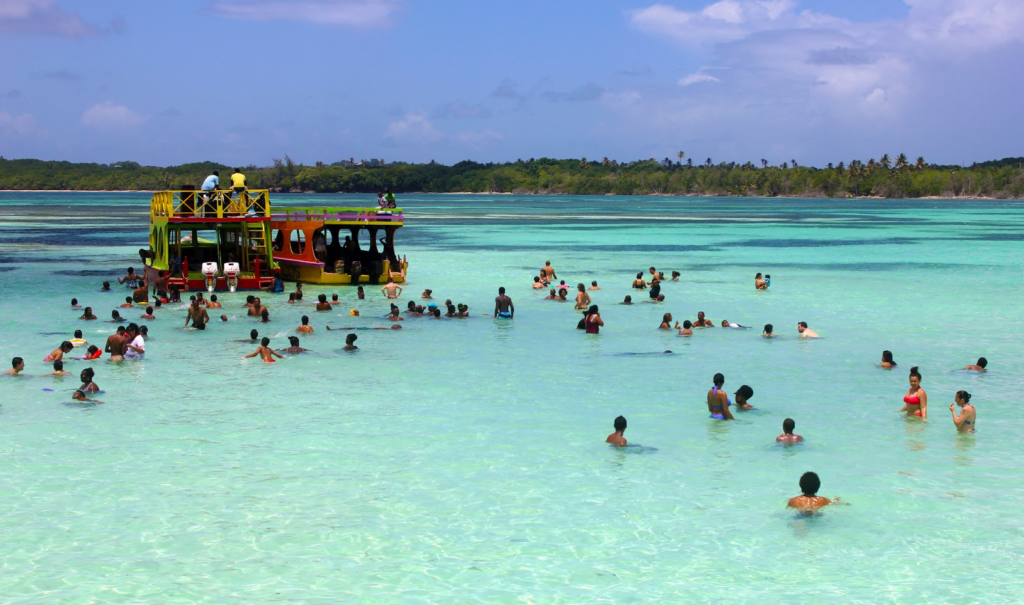
The Nylon Pool is a natural, shallow lagoon located off the coast of Tobago. It is renowned for its crystal-clear waters and white sandy bottom, creating a striking contrast with the surrounding deep blue sea. Visitors can take boat trips to the lagoon and enjoy a refreshing swim in its tranquil waters.
The Nylon Pool is a unique destination for those looking to experience Tobago’s natural beauty and enjoy a peaceful aquatic environment.
6. La Brea Pitch Lake
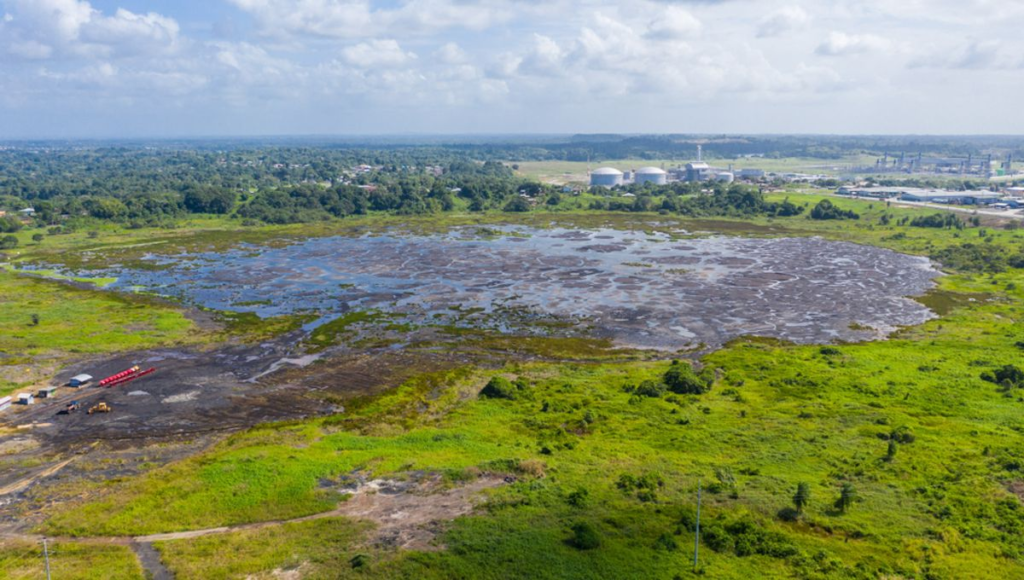
The La Brea Pitch Lake in Trinidad is the largest natural asphalt lake in the world. The lake covers an area of approximately 100 acres and is a fascinating geological site. Visitors can take guided tours to learn about the formation of the lake and its historical significance.
The pitch lake is an impressive sight, with its black, tar-like surface and occasional bubbling pools of asphalt, offering a unique and educational experience.
7. Trinidad’s Caroni Bird Sanctuary

The Caroni Bird Sanctuary is a protected wetland area in Trinidad, famous for its diverse bird species and stunning landscapes. The sanctuary is home to the Scarlet Ibis, a striking red bird that nests in the mangroves during the breeding season.
Boat tours through the sanctuary provide opportunities to observe the birdlife and explore the lush mangrove forests and waterways. The sunset boat tours are particularly popular, offering a chance to witness the stunning colors of the sky and the vibrant wildlife.
8. Buccoo Reef

Buccoo Reef is a vibrant coral reef located off the coast of Tobago. The reef is known for its diverse marine life, including colorful fish, sea turtles, and coral formations. Snorkeling and glass-bottom boat tours are popular ways to explore the reef and observe the underwater ecosystem.
The nearby No Man’s Land, a sandbar in the reef, provides a unique spot for relaxation and swimming in shallow, crystal-clear waters.
9. Chaguaramas
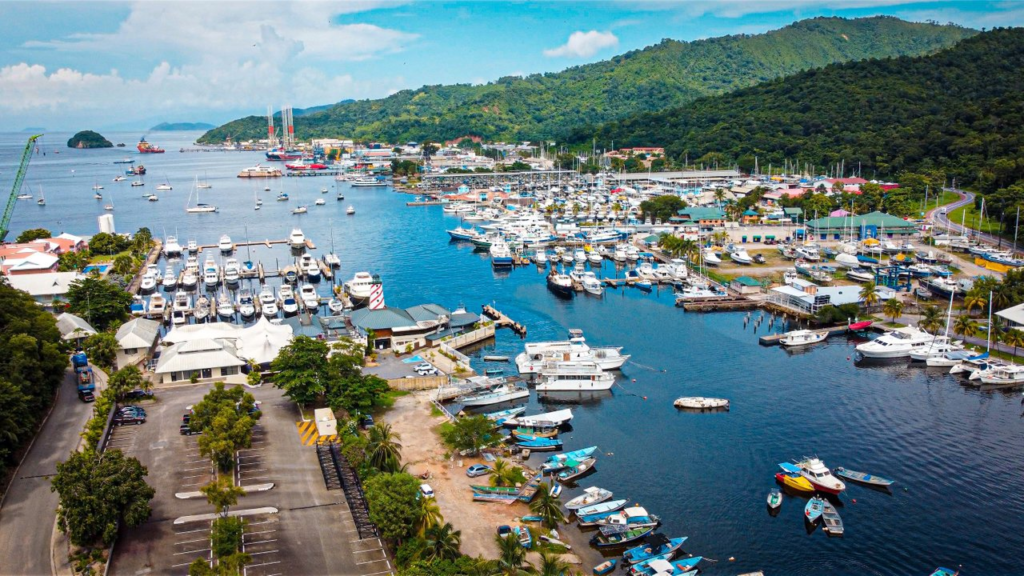
Chaguaramas, located on the northwestern coast of Trinidad, is a popular destination for outdoor activities and recreation. The area features scenic landscapes, including Chaguaramas National Park, which offers hiking trails and nature walks through lush forests and mangroves.
Chaguaramas also has a vibrant marina with restaurants and shops, making it a great spot to enjoy the waterfront and indulge in various water sports such as sailing and kayaking.
10. Rio Claro

Rio Claro, located in southern Trinidad, is known for its picturesque rivers and lush surroundings. The Rio Claro Nature Park offers scenic views and opportunities for picnicking, hiking, and birdwatching. The park’s tranquil rivers and green landscapes provide a peaceful retreat from urban areas.
Culture
Trinidad and Tobago’s culture is a vibrant fusion of African, Indian, European, and indigenous influences, reflecting the country’s diverse history and population. The official language is English, but Trinidadian Creole and Tobagonian Creole are also commonly spoken, adding to the island’s unique cultural tapestry.
Music and Dance are integral to the cultural identity of Trinidad and Tobago. The country is famous for its Calypso and Soca music, which are central to the annual Carnival celebrations. Steelpan music, originating from Trinidad, is another significant contribution to the global music scene, characterized by its distinctive sound and lively rhythms.
Festivals
The Trinidad and Tobago Carnival, held annually in February or March, is one of the most famous and vibrant festivals in the Caribbean. The Carnival is known for its elaborate costumes, energetic music, and lively parades. The event attracts visitors from around the world who come to experience the vibrant celebrations and participate in the festivities.
The Divali (Diwali) festival, celebrated by the Hindu community, is another major cultural event. The festival of lights is marked by the lighting of oil lamps, colorful decorations, and festive meals. It is a time for reflection, family gatherings, and celebrating the victory of light over darkness.
Economy
Trinidad and Tobago’s economy is diverse, with significant contributions from the oil and gas industry, tourism, and agriculture. The country is one of the largest producers of oil and natural gas in the Caribbean, with the energy sector playing a crucial role in the national economy. The government has invested in infrastructure and technology to support the growth and development of the energy industry.
Tourism is another important sector, with visitors drawn to the islands’ beautiful beaches, vibrant culture, and natural attractions. The country’s efforts to promote eco-tourism and cultural tourism have helped boost the industry and attract a wide range of travelers.
Cuisine
Trinidad and Tobago’s cuisine is a flavorful blend of African, Indian, Chinese, and European influences, characterized by its use of spices, herbs, and local ingredients. One of the most popular dishes is roti, a type of flatbread typically served with curried meats or vegetables. Doubles, a popular street food, consists of two pieces of fried bread filled with spicy chickpeas and tamarind sauce.
Another traditional dish is callaloo, a hearty stew made with leafy greens, okra, and various meats or seafood. Bake and Shark, a delicious sandwich made with fried shark and various toppings, is a popular treat on Trinidad’s beaches. The cuisine of Trinidad and Tobago is known for its rich flavors and diverse offerings.
Top Eight Most Famous Food


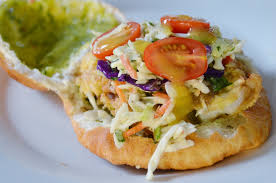
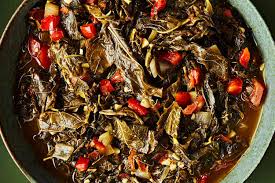




Ten Interesting Facts About Trinidad and Tobago
- Trinidad and Tobago is the only Caribbean nation with a mainland.
- The country’s national bird is the Scarlet Ibis, which is commonly seen in the Caroni Bird Sanctuary.
- Trinidad and Tobago was the first Caribbean country to gain independence from Britain.
- The island of Trinidad is known for its oil and natural gas reserves.
- The country’s Carnival is one of the largest and most famous in the Caribbean.
- The Steelpan drum, a unique musical instrument, originated in Trinidad.
- Trinidad and Tobago is home to the oldest protected rainforest in the Western Hemisphere, the Main Ridge Forest Reserve.
- The country has a diverse population with significant African, Indian, and European influences.
- The Nylon Pool, a natural lagoon, is one of Tobago’s top tourist attractions.
- Trinidad and Tobago is a major producer of cocoa and is known for its high-quality chocolate.
Conclusion
Trinidad and Tobago is a captivating twin-island paradise that offers a unique blend of natural beauty, cultural richness, and vibrant festivities. From the bustling capital of Port of Spain to the serene beaches of Tobago, the country provides a diverse range of experiences for travelers. With its rich history, dynamic culture, and stunning landscapes, Trinidad and Tobago invites exploration and discovery, making it a remarkable destination in the Caribbean.
let’s enjoy few years on earth with peace and happiness….
